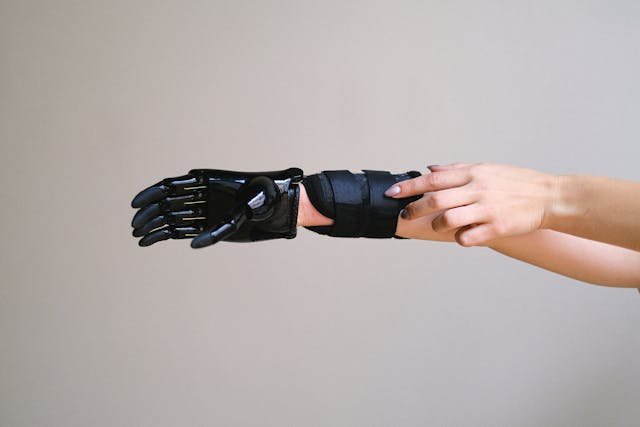A brachial plexus injury in a child can be overwhelming for any parent. It affects not just movement but also how a child explores the world, learns basic tasks, and builds independence. When a baby or young child is unable to move their arm or hand, it can raise many questions. Will they recover fully? Will therapy be enough? And if not, is a prosthetic arm the next step?
At Robobionics, we understand how difficult this journey can feel. Every child’s case is different, and every family’s hopes are personal. But one thing remains the same — when function is limited and daily tasks remain difficult, assistive solutions like prosthetic arms can offer support, balance, and a sense of normalcy. In this article, we will guide you through everything you need to know about pediatric brachial plexus injuries and when it may be the right time to consider a prosthetic arm for your child.
What Happens in Pediatric Brachial Plexus Injury
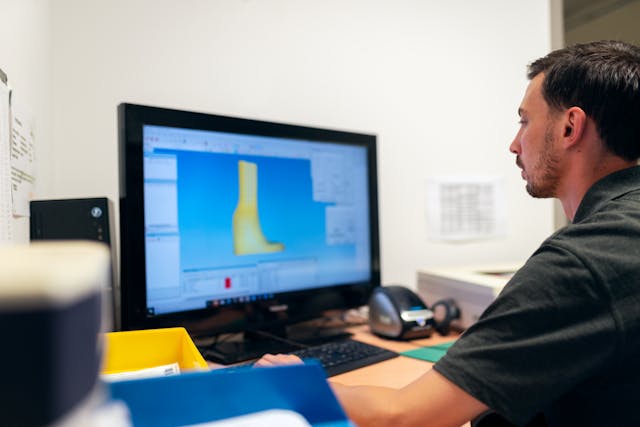
The brachial plexus is a network of nerves that controls movement and sensation in the shoulder, arm, and hand. In children, this injury most commonly occurs during birth, often due to stretching of the neck and shoulder area. This type of injury is called obstetric brachial plexus palsy. Depending on how much the nerves are damaged, the child may have weakness, limited movement, or complete paralysis in part of the arm.
Some children recover quickly with physical therapy and time. In mild cases, parents may notice steady improvement within weeks or months. However, when the injury is more severe, recovery may slow down or stop entirely. The child may begin to develop habits like favoring one side of the body, keeping the affected arm close to the body, or using their head or trunk to assist with movement. These patterns, if not corrected, can impact posture and development.
At Robobionics, we focus on early support. Even if your child is still undergoing therapy, we offer assessments to understand how much function is present and what can be done to support the weaker limb. Our aim is not just to correct posture or restore motion — it’s to help your child grow, explore, and play with both arms working in harmony.
Early Signs That May Call for Extra Support
In many cases, families begin with therapy as the first step. Exercises, stretches, and motor training are used to stimulate the nerves and help the muscles grow stronger. But over time, some children stop progressing. If a child cannot lift the arm above shoulder level, cannot grasp objects, or shows no improvement after several months of therapy, it may be a sign that more support is needed.
You may also notice differences in how your child uses each side of the body. They might avoid using the weaker arm during play, feeding, or dressing. They may begin to tilt their body or use their mouth to help hold objects. These patterns are the body’s way of compensating, but if left unaddressed, they can cause long-term posture issues or make recovery harder later.
At Robobionics, we believe in gentle guidance and timely decisions. When we assess your child, we don’t rush into prosthetics. Instead, we look at how much strength and motion is left, what activities your child struggles with, and what options may help. If a prosthetic is not needed yet, we help families continue with therapy and monitoring. But when the time is right, we introduce the idea of a prosthetic arm as a way to support your child’s natural development.
Why Timely Intervention Is Important
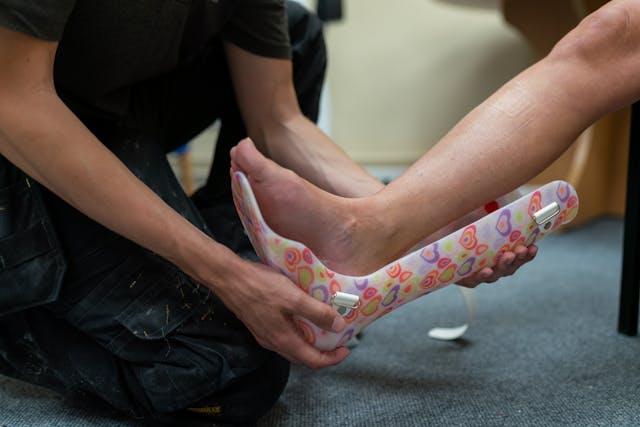
In children, the brain and body are learning together. When one limb doesn’t function well, the brain begins to build habits based on that limited use. This process is called developmental plasticity, and while it helps children adapt quickly, it can also lead to long-term imbalance. If the weaker arm is never used, the brain may stop trying to activate it altogether, making recovery more difficult later in life.
Early intervention helps prevent these patterns. A prosthetic arm introduced at the right time encourages the child to use both sides of the body. It helps improve symmetry, support movement, and reduce overdependence on the stronger arm. Even if the prosthetic doesn’t move actively, just the support it offers during play, crawling, or reaching can create better habits that last into adulthood.
At Robobionics, we work with pediatric therapists and parents to understand the timing. We believe every month counts in a child’s growth. That’s why we offer early assessments and trial fittings to help you make an informed decision. The goal is not to force a solution, but to explore one that feels natural and right for your child’s current and future needs.
Understanding Pediatric Prosthetic Arms
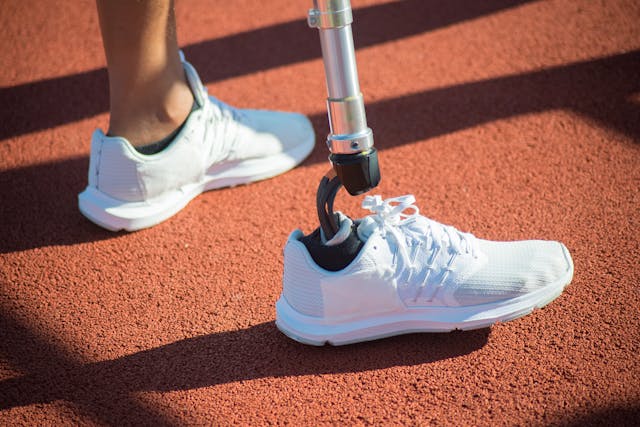
Pediatric prosthetic arms are very different from adult devices. They are smaller, lighter, and designed to grow with the child. Some are passive and simply support the limb to help with posture and appearance. Others are active and allow for functions like opening and closing the hand, rotating the wrist, or holding objects. The choice depends on the child’s age, strength, and goals.
For young children, passive arms are often used first. These are easy to wear and help the child begin using both limbs for balance and activity. As the child grows and gains more control, they may move on to dynamic or myoelectric prosthetics. These devices respond to muscle signals and allow more active movement, which supports tasks like feeding, playing, or school activities.
Robobionics designs pediatric prosthetic arms that focus on comfort, ease, and adaptability. Our devices are made with soft materials and colorful designs that appeal to children. They’re also built to handle real-life use — from school classrooms to playgrounds. We believe a prosthetic should not feel like a medical tool. It should feel like something your child chooses to wear because it helps them do more.
How a Prosthetic Arm Supports Growth and Learning
Children learn by doing. Every time they hold a toy, reach for a snack, or draw with crayons, they are developing motor skills, coordination, and confidence. When one arm is not functional, it limits this learning process. The child may begin avoiding certain actions or rely too much on their stronger side. A prosthetic arm helps restore balance and opens up more learning opportunities.
Even passive prosthetics can help in small but meaningful ways. They provide symmetry that helps with balance during sitting or crawling. They give the weaker side a role in activity, encouraging more even movement. Active prosthetics go a step further, allowing the child to grip, release, and control movement. These actions help the brain recognize both sides of the body again, improving overall function.
At Robobionics, we often see big emotional changes once a child starts using a prosthetic. They begin to engage more in play, try new tasks, and feel proud of what they can do. Our team stays involved during this journey, working with the child’s caregivers and therapists to build routines that support skill-building at home, in therapy, and at school.
The Role of Parents and Caregivers in Adaptation
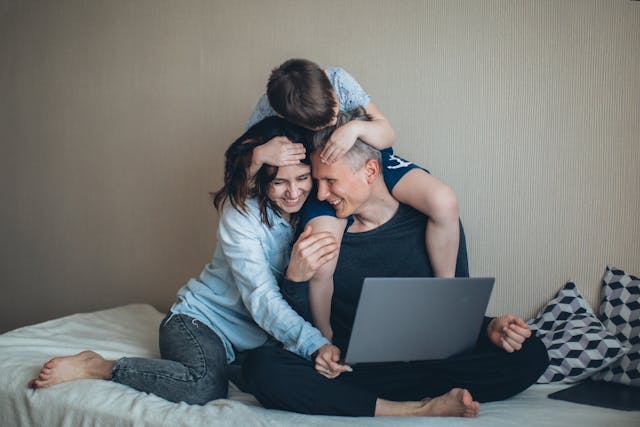
No child can go through this journey alone. The role of parents, caregivers, and family members is essential. From helping with fittings to encouraging practice at home, your support shapes how well your child accepts and uses their prosthetic. The more natural it feels in daily life, the easier it is for the child to adapt and benefit from it.
Parents also play a big role in emotional support. Some children may feel shy or unsure about wearing a device. Others may need reminders to wear it regularly or practice new movements. By turning prosthetic use into a fun, rewarding part of the day, you help your child see it not as a limitation, but as a tool for freedom and strength.
Robobionics includes families in every step of the process. We explain how the device works, how to care for it, and how to support your child’s progress. We offer follow-up support, answer questions, and celebrate every milestone with you. Because when your child wins — even in the smallest way — we believe the whole family wins too.
Training, Follow-Up, and Long-Term Support
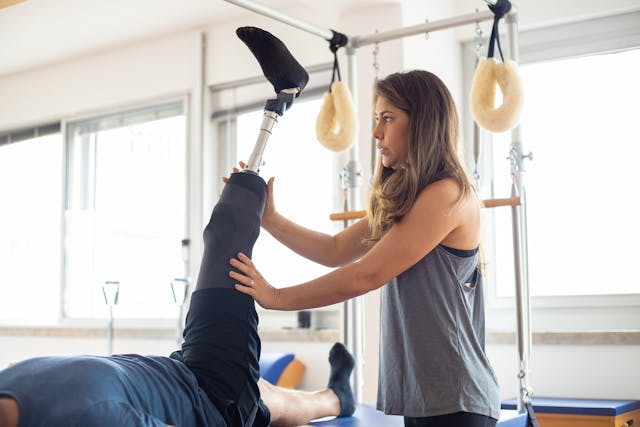
Wearing a prosthetic is not a one-time event. It’s a process that requires learning, repetition, and regular care. Children need time to get used to the weight, feel, and function of the device. Training often begins with small tasks — like reaching, pushing, or stabilizing an object — and gradually moves toward more complex actions like holding toys, feeding themselves, or participating in class.
Follow-up is also essential. As children grow, their prosthetics must grow with them. The socket may need adjustment, or the device may need upgrading to match new skills. Regular check-ins ensure the device is working well and your child remains comfortable and confident using it. This kind of support prevents issues like poor posture, overuse of the healthy arm, or emotional withdrawal.
At Robobionics, we offer long-term follow-up plans tailored to pediatric needs. We track growth, encourage ongoing training, and adjust devices as needed. Our goal is to build a support system that lasts through every stage of development, so your child never feels left behind. With the right device and the right guidance, each step becomes smoother — and every day becomes more empowering.
When Is the Right Time to Start?
The best time to introduce a prosthetic arm is when your child is ready — physically, emotionally, and developmentally. This varies for every child. Some are ready as early as a few months old, especially if the injury is severe and early balance support is needed. Others may benefit more at toddler or preschool age, when motor learning increases and daily tasks become more complex.
If your child is showing little improvement with therapy, avoiding the weaker arm, or falling behind in age-appropriate tasks, these could be signs it’s time to explore prosthetic support. A trial fitting can often help answer the question more clearly. Even a short trial can show how much function and comfort the prosthetic can offer. From there, the family can decide what works best.
Robobionics offers free pediatric assessments and trials to help make this decision easier. We guide you through the process gently, without pressure, and with full support from our clinical team. Whether you decide to start now or wait, our goal is always the same — to help your child live with more ability, more balance, and more confidence.
Real-Life Impact: Stories That Inspire Confidence
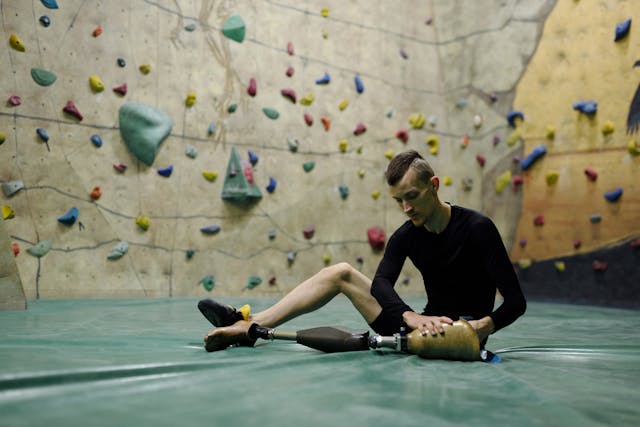
It’s one thing to talk about prosthetic arms in theory, but it’s another to see what they can do in a child’s real life. We’ve met many children across India who started out shy, frustrated, or unsure of what they could do with their affected arm. But with the right prosthetic and steady support, they began to try, learn, and succeed in ways that surprised even their families.
One young girl from Bihar came to us at age four, struggling to hold a pencil with her left hand due to brachial plexus injury at birth. She’d grown used to using only one hand and avoided drawing or writing. After a trial with one of our light, child-friendly prosthetics, she was able to participate in classroom activities more confidently. Her smile said it all. Her parents noticed not only better hand function but also more happiness in everyday life.
Another child, a boy from Maharashtra, started using a passive arm at age two. His parents were concerned about his posture and early signs of scoliosis from always leaning to one side. With his prosthetic arm fitted for balance and early function, his movement patterns became more even, and therapy sessions became more effective. These stories remind us that progress is not only about technology — it’s about building up a child’s spirit and helping them see what they are capable of.
Conclusion: A Future Built on Support and Possibility
A pediatric brachial plexus injury can be a challenging experience for both the child and the family. There are moments of uncertainty, frustration, and doubt. But there are also moments of progress, discovery, and joy — especially when the right tools are introduced at the right time. A prosthetic arm is not just about replacing what isn’t working. It’s about offering a way forward, where your child can explore, play, learn, and live with both arms engaged in their growth.
At Robobionics, we are deeply committed to this journey. We design prosthetics that grow with your child, feel good to wear, and are backed by expert support every step of the way. Whether you’re still in therapy or ready for the next step, we’re here to guide you gently and clearly, with care that centers on your child’s comfort and future.
Book a free pediatric consultation with Robobionics today. Let us show you how a custom-fit prosthetic arm can support your child’s development and help them move forward with strength, balance, and pride. The future is full of possibility — and we’re here to help build it with you.



